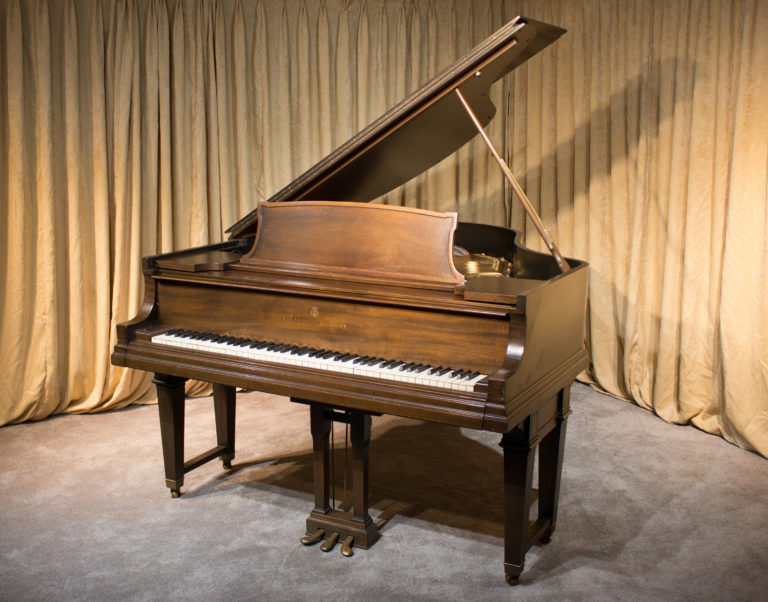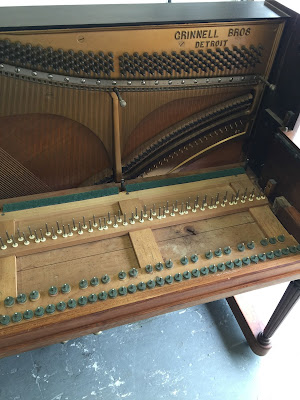

Women were also concerned about the starter. (Some people were even killed when the engine kicked back and the crank spun unexpectedly.) Further, electrics had plenty of range-50 to 100 miles per charge, depending on the model-to cover the necessary distances without worry. They made frequent stops throughout their day, and using the manual “crank” starter on a gasoline-powered vehicle was inconvenient and sometimes dangerous. For doctors and delivery companies, the benefit was obvious. Every month, more came in and just as quickly went out.īy 1910, electric cars were marketed toward three distinct customers: rich women, city doctors, and urban delivery companies. By the end of the decade, that number had been whittled down to 46, almost all of them different from the ones that existed 10 years earlier. (although many folded before producing anything more than a prototype). In 1900, there were 75 electric car companies in the U.S. (Forty percent were steam-powered and the remaining 22 percent used gasoline.) The first car to go more than a mile a minute was an electric, as were the winners of the first track race and the first hill-climbing contest.

By the turn of the century, 38 percent of all the automobiles on American roads were electrics. The first electric car was built in Scotland in 1837, although it wasn’t until 1896 that the first American-made production electrics were offered by the Pope Manufacturing Company of Boston, Massachusetts and the American Electric Vehicle Company (later Waverly Electric) of Chicago, Illinois. But a number of factors combined to seal their fate, and they had all but disappeared from the Michigan landscape by the end of World War I. The manufacturers of electrics had a heady 20 years or so during which their possibilities looked endless.

Women were another strong customer category the absence of the crank as well as a lack of noise and noxious fumes were viewed as very appealing features to the distaff side.ĭetroit dominated the gasoline-powered automobile business in the early 1900s, but many people don’t know about the city’s simultaneous foray into electrics, which included the most successful electric car company in U.S. With names like Century, Detroit Electric, Flanders, Grinnell, and Hupp-Yeats, these no-crank automobiles (and some trucks) appealed to doctors and delivery men because of their quick and easy startups. The first such vehicles debuted on the streets of the Motor City more than 100 years ago. (Reprinted from Michigan History Magazine)Īre electric cars in Detroit a new concept? Not hardly.


 0 kommentar(er)
0 kommentar(er)
